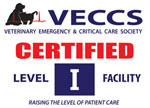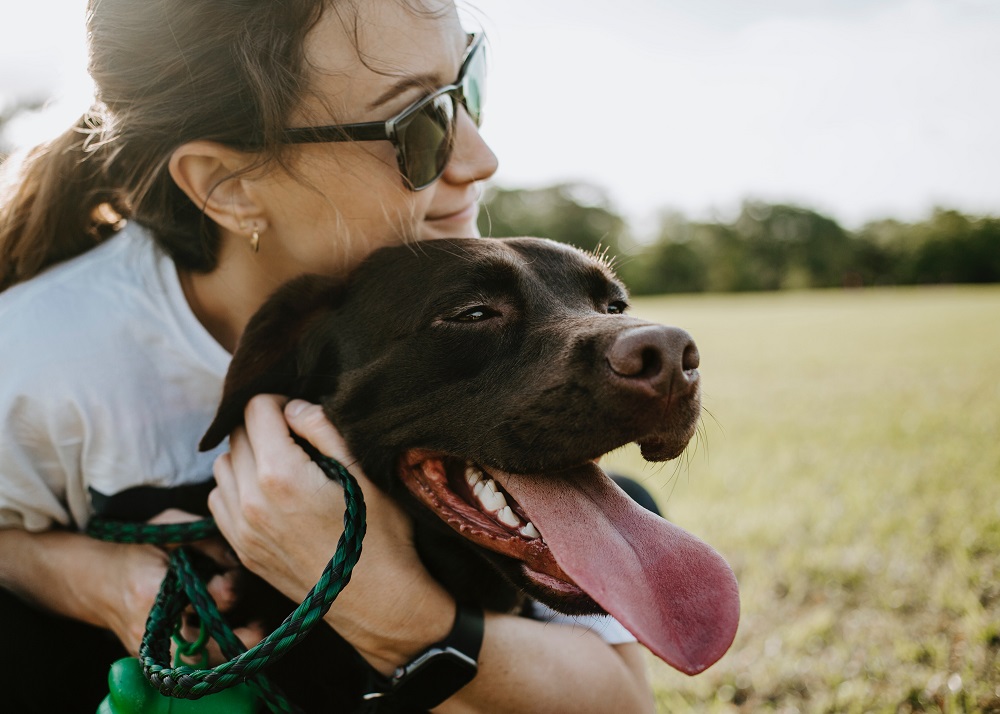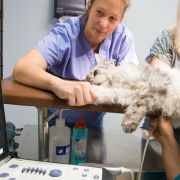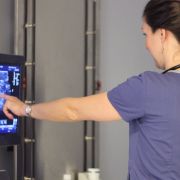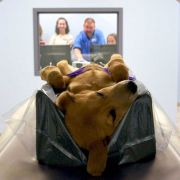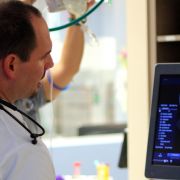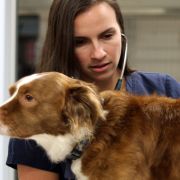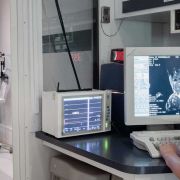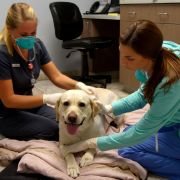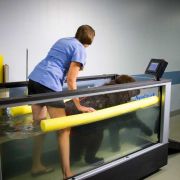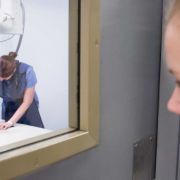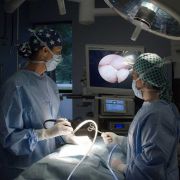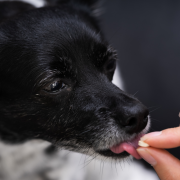Date:
If your pet has injured her cranial cruciate ligament (CCL), your family veterinarian may refer you to our surgery department for a tibial plateau leveling osteotomy (TPLO). This complex surgical procedure is considered the gold standard for CCL disease, and although other surgical options exist, our board-certified veterinary surgeons prefer the TPLO procedure, which is supported in veterinary surgical literature as the technique with the most reliable outcome.
Which pets require a TPLO?
A TPLO is performed on pets with CCL injury. Your pet’s CCL, commonly known as the anterior cruciate ligament (ACL) in humans, stabilizes the knee joint. CCL injury can occur suddenly, such as when a dog jumps to catch a frisbee and lands improperly on a rear leg; however, CCL injury is more commonly caused by a progressive degeneration and weakening that leaves the ligament vulnerable to trauma. A CCL injury may be a complete or partial ligament tear, and may be accompanied by meniscal damage. The menisci are pads of connective tissue between the bones of the stifle (knee) joint that aid in joint stability, shock absorption, load distribution, nutrition, and lubrication of the joint. Any dog can develop CCL disease, although certain factors, including genetics, obesity, and poor physical status, can increase risk.
CCL injury causes joint instability that leads to discomfort, pain, and lameness. Although many cases cause severe, non-weight-bearing lameness, some pets with chronic ligament degeneration may have only a mild limp. If your pet limps for more than one day, we recommend that you schedule an evaluation by your family veterinarian.
How is TPLO performed?
TPLO is performed under general anesthesia. Once your pet is anesthetized, the knee joint will be explored using arthroscopy or arthrotomy, the menisci evaluated, and any damaged portion removed. Next, the tibia’s proximal portion will be cut, rotated, and secured in a new orientation with a bone plate and screws, altering the joint angle so that the CCL is no longer needed for stability. Your pet will then recover from anesthesia once the procedure is completed.
What can I expect after TPLO surgery?

Most patients spend one night in our hospital following TPLO surgery. We will send your pet home with several medications, which may include:
- Anti-inflammatories, to reduce post-operative inflammation and swelling
- Analgesics, to control pain
- Antibiotics, to prevent infection
- Joint supplements, to reduce inflammation and support joint health
Your pet must take all prescribed medications as directed. You must also monitor your pet’s incision at home at least twice daily to ensure proper healing, and that no redness, swelling, discharge, or other complications develop. You will apply ice to your pet’s incision several times a day for the first three to four days after surgery, and then switch to warm compresses for several days until all swelling resolves. An E-collar will need to be worn at all times to prevent your pet from licking, biting, or chewing the incision until it heals, and the sutures/staples are removed in 10 to 14 days. Following surgery, activity will be restricted for eight weeks, during which your pet must be totally restricted from high-impact activities, such as running, jumping, playing, climbing stairs, or jumping onto furniture, and your pet should only go outside on a leash. When you cannot directly supervise your pet, use a crate or small room to confine them and minimize activity. During the first two weeks, leash walks should be restricted to slow, controlled, five-minute bathroom breaks. For the remaining six weeks, walks can be increased to 10 to 15 minutes, but must still be strictly controlled on a leash. After suture/staple removal, which your primary veterinarian or one of our team members can perform, we recommend your pet receive physical rehabilitation therapy. Physical rehabilitation has been shown to hasten recovery following surgery and is offered onsite at CVRC. Our certified rehabilitation practitioners will confer with your pet’s surgeon on a treatment plan that will help ensure a safe return to full function. Eight weeks after surgery, your pet will have X-rays taken to determine whether bony healing is complete. Once healing is confirmed, normal function can gradually be resumed, although life-long healthy habits, such as weight management and joint supplements, will be critical to minimize arthritis development. Contact us if you have questions about TPLO surgery, or if you would like to schedule an appointment with our surgery department.



